Mascots—those lovable anthropomorphized characters who push cereal, tunafish, and dough products—are more than just cute tools for marketing to children. Sure, they can be very effective in appealing to moms and kids, but more than that, they are guerrilla marketers in clever packaging. Mascots used to populate television commercials. Think Trix Rabbit, Charlie the Tuna, or the Pillsbury Doughboy. Now, mascots have jumped off the small screen, where it is hard (and expensive) to build a story in 30 seconds, and into our smart phones where social media can be used to create rich backstories and exciting adventures that appeal to all ages.
Why a mascot? How are they brand amplifiers?
“They never get in trouble with the law. They don’t up their fees. You can use them for a long, long time.” —Carol Phillips, President of Brand Amplitude
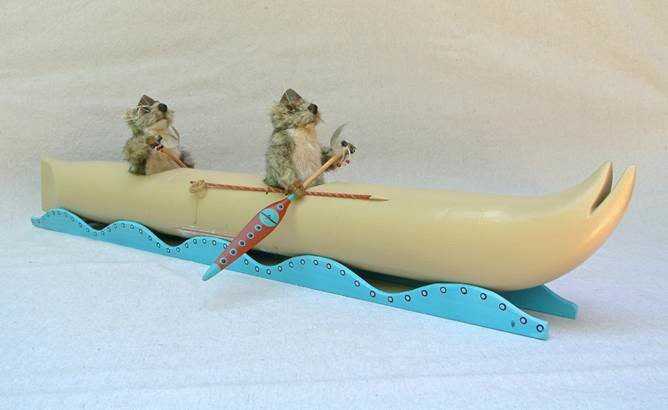
At the Washington State History Museum, I’ve created Seymour History to represent our brand. He’s an Olympic Marmot who was born on the Olympic Peninsula, loves to ski, and likes to visit area attractions. He’s been to history museums and historic locations all over the United States—from Jefferson’s Monticello to the UFO Museum in Roswell, New Mexico. He shares everything he learns with the Washington State History Museum’s audience, and is even willing to travel with our members (in Flat Seymour form) so they can become more than just Seymour spectators.
I never have to feed him. I don’t worry that he’ll test positive for drugs. And I know for a fact he’s not running an illegal dog fighting business.
I never have to feed him. I don’t worry that he’ll test positive for drugs. And I know for a fact he’s not running an illegal dog fighting business. He’s safe. He’s cheap. And he’s actually quite effective. He’s also always friendly, and has been instrumental in furthering collaboration between our museum and many others in the Seattle-Tacoma area. Some have created their own mascots as well, so now we have a “Museum Mascot Mob.” Each museum has a full set of plush versions of the Mob and we include them in exhibit openings, public programs, and community events. Then we post the pictures in photo galleries on our websites and in our social media, and we tag the other institutions. Suddenly, my audience expands more than five-fold as Seymour and his buddies sweep across the target markets for people who never considered following my museum on Facebook.
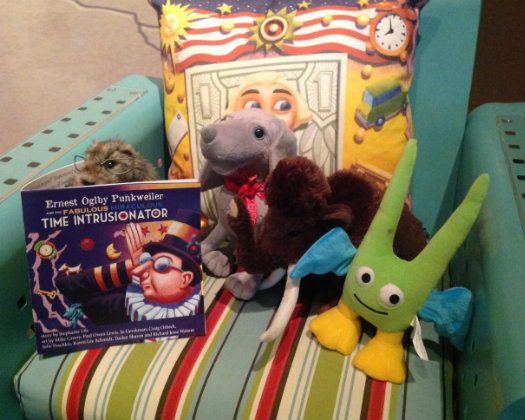
“You think I can get behind the scenes at a tourist attraction just by being an outreach coordinator? No. But if I have a cute, furry animal with a name … I’m in.” —Museum outreach coordinator in Seattle Access matters. Not only can mascots gain access to locations where we’d like to photograph them, but they also give us access to the emotional connection with our brand that so many of us struggle to establish. They tap into humor and affection with ease. I can show Seymour reading a story to his museum friends, and suddenly I have a much more appealing photo opportunity for the opening of an exhibit based on that story. I can show him in a series of photos exploring the vendor booths at the American Alliance of Museums conference, and I immediately turn a professional event into something my members care about. How? Because I know they care about Seymour, and posting his travels keeps them connected to him … and to us. “What IS that??” —Just about everyone I meet when I have Seymour with me. Walk up to a stranger at a tourist attraction and just start telling them about your institution. Awkward? For many of us, yes. Now carry around a cute marmot wearing glasses and take pictures of him around the tourist attraction. You know what happens? (No, security does NOT remove you.) Those strangers start asking YOU, “What’s that? What are you doing?” Ah … an open door. They might think it’s silly at first, but suddenly, I get the perfect opportunity to talk about who he is, what I’m doing, where I’m from, and what we offer. It works with the public, it works with kids, it works with other professionals, and it even works with security.
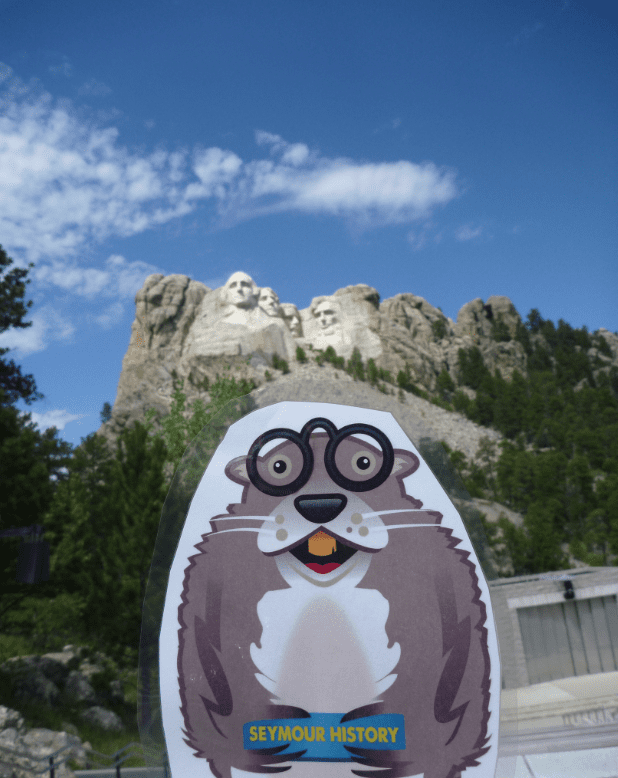
How to choose your own brand-amplifying mascot
Some mascots simply choose themselves. Recently, the Burke Museum of Natural History accepted a 20,000-year-old woolly mammoth tusk found under Lake Union in Seattle. Now they have a mammoth mascot named LuLu. At one time, she was just a cute stuffed toy in their gift shop. Naming her became a high-traffic social media campaign with press coverage on the major network stations in Seattle. Choosing your mascot might not be so easy. We chose an Olympic Marmot because he is our official state land mammal. Since he travels around to various land-locked locations, he made more sense than choosing an Orca, which is our state sea mammal. The Museum of Glass in Tacoma gave children the opportunity to design a mascot, and Green Guy was born.
Every chance to infuse your identity into your mascot’s is your opportunity to spread your brand.
Look to your niche, your brand, your mission, your collection, your product, your visitors and your membership for ideas. When naming your mascot, a naming contest is a great way to go, unless you have a specific name already in mind. Make sure it means something in some way. Every chance to infuse your identity into your mascot’s is your opportunity to spread your brand.
About Kimberly Ketcham
Kimberly Ketcham is the Marketing & Communications Director for the Washington State Historical Society, which includes the Washington State History Museum, and the Washington State Research Center. Kimberly is also a published writer with over 25 years of experience, writing for a variety of publications. Currently, she is a cuisine writer for Showcase Magazine and is authoring a slice-of-life humor book on raising her four children in a multi-generational household. She presented at the Western Museum Association Conference on the marketing techniques used for an exhibition about infamous hijacker D.B. Cooper, which gained international attention and won the Washington Museum Association’s Award for Exhibit Excellence. She will be presenting at the Western Museum Association Conference again in 2014 on collaborative marketing efforts for arts and culture institutions, and she teaches seminars on creative and effective marketing and communications techniques for smaller museums.
About Washington State Historical Society
The Washington State Historical Society is the premiere resource on Washington State history educating Washingtonians about their shared heritage so that the artifacts and stories of the past are preserved. The Washington State Historical Society is a state agency, which operates the Washington State History Museum and also the State Research Center in Tacoma. It administers the Heritage Capital Funds Project, which funds restoration projects around the state, Women’s History Consortium, Heritage Outreach, and National History Day in Washington through the State Capital Museum in Olympia.
Do you need an affordable way to improve your brand today?
Because we know that not everyone needs or can afford our full process, we created a guided tutorial package for our foundational brand strategy tool: the Brand Pyramid. Watch the video for a preview.
For more information on the brand strategy tutorial, visit here where you will find a fuller explanation and link to a free download of the first video.


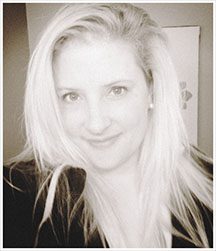
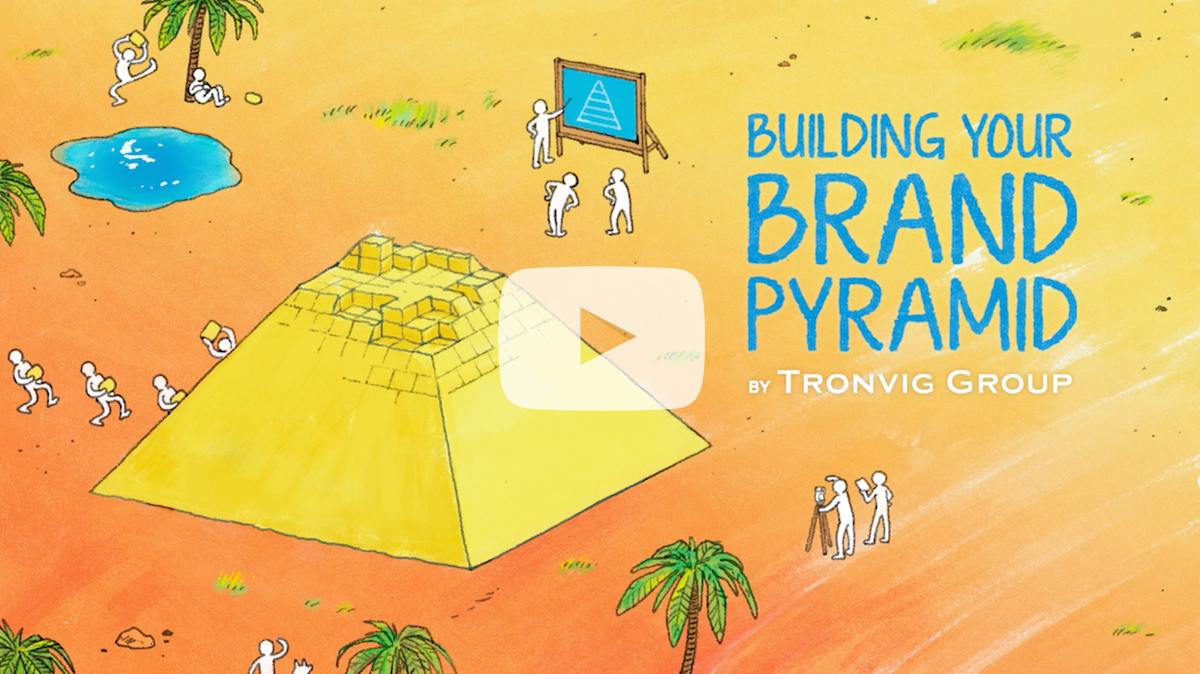
This just in from Seymour: This is the 35th anniversary of the 1980 eruption of Mount St. Helens. USGS took Seymour, via helicopter, to the crater and got some great pictures of him helping out the scientists. He also hiked up the mountain to the waterfall inside the crater of the volcano. He gets to do the coolest things! His journey around the volcano and the things he learned from USGS and the state park rangers is all part of a photo album that is on exhibit in our: Volcanoes of Washington exhibit.